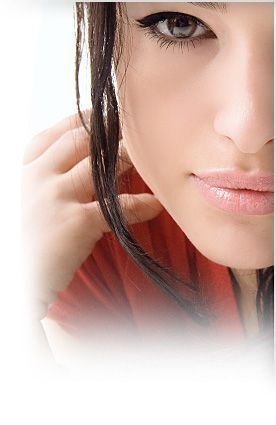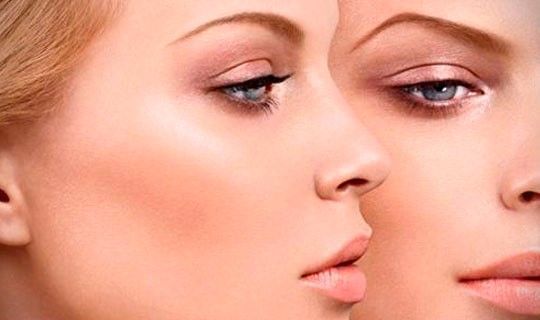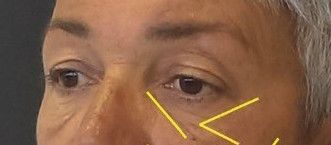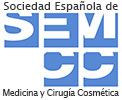Tensing thread
Video subtitled in English
INITIAL CONSIDERATIONS
Facial aging is a complex process that consists in changes of all the skin tissue that constitutes the face morphology. For this reason, there are certain skin optimization treatments that do not work for rejuvenating the skin.
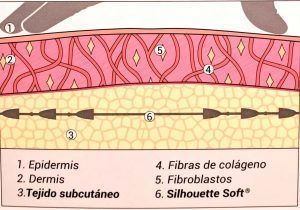
Clínica Sanza in Barcelona is a reference centre for the placement of tensioning threads.
Once the patient presents a loss in volume and a deep skin tissue displacement, produced by laxity, the medical indications would be to resolve the problem with subcutaneous fatty skin tissue repositioning via tensing threads or surgery and volume replenishment with hyaluronic acid injectables.
The tensing thread placement is a procedure with a minimum of invasion, no scaring and no need for posttreatment recovery. It is indicated for patients with low or medium skin laxity. This treatment has a double therapeutic effect:
- Mechanical traction, which repositions the subcutaneous skin tissue, elevating and tensing the skin area under treatment during approximately one year.
- Collagenous stimulation, which produces a regenerative effect of the skin, improving the skin quality during approximately 3 years.
The tensing threads are compounded of absorbable material and present conical structures, differentiating them of the spiculate threads by fixating to all the area around the thread and not only to one determined spot, providing better and long-lasting results.
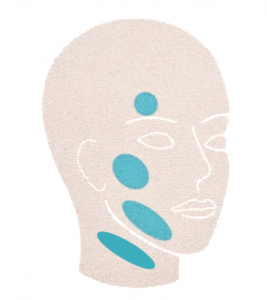

Book a visit
You can do it in 3 ways:
– Free on-site visit: Call +34 932066540 from Monday to Thursday from 9:00 am to 6:00 pm and Friday from 9:00 am to 3:00 pm.
– Free on-site visit with IMMEDIATE booking: For booking outside office hours. We charge 60 € on your card to avoid false bookings. It is refunded on the day you come to the consultation.
– ONLINE Visit: Video conference using whatsapp or Zoom. Cost of 60 € non-refundable. When booking indicate in the comments that you want videoconferencing and not on-site.

Book a visit
You can do it in 3 ways:
– Free on-site visit: Call +34 932066540 from Monday to Thursday from 9:00 am to 6:00 pm and Friday from 9:00 am to 3:00 pm.
– Free on-site visit with IMMEDIATE booking: For booking outside office hours. We charge 60 € on your card to avoid false bookings. It is refunded on the day you come to the consultation.
– ONLINE Visit: Video conference using whatsapp or Zoom. Cost of 60 € non-refundable. When booking indicate in the comments that you want videoconferencing and not on-site.
PATIENT PROFILE
Men and women with low/moderate facial skin tissue laxity which would like to improve:- Eyebrow elevation
- Nasaoginean groove
- Hanging cheeks (Jowls)
- Neck laxity
PROCEDURE
Previous to a thorough examination of the area to treat and sepsis protocol, local anaesthesia is placed on the several points which will be treated with the tensing threads. Later, the threads will be passed through the subcutaneous tissue which once placed, they will be tensed, enabling the repositioning of the tissue. Finally, the excess threads will be cut and hidden under the skin. It is a simple and fast procedure, with minimal invasion, which in turn, produces no pain or great inconvenience for the patient. Also, there is no need for posttreatment recovery time.DURATION
- Between 30-45 minutes.
PROTOCOL
Preoperative
- Evaluation of the treatable area to determine treatment.
- No need for blood tests or other tests.
- Photographic control of the treated area.
Anaesthesia
- Infiltration of local anaesthesia on the treated area.
- Hospitalization.
- No hospitalization needed.
Postoperative
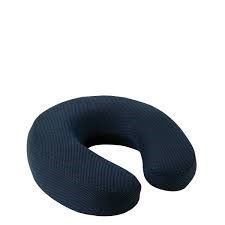
- No intense physical activity or swimming in pools 24 posterior to treatment.
- Maintain the treated area clean
- Avoid great facial gesticulations, massages or pressure of the treated area during 48-72h. During this time, it is recommended to sleep with a supportive cervical cushion.
- No bandaging needed.
- No medication needed.
Convalescence
- Immediate incorporation to work. There can be swelling or small bruising in the treated area which will disappear in a maximum of 5-7 days.
RESULTS
- Repositioning of the skin tissue that has fallen due to the gravity effect and aging. Noticeable skin flaccidity reduction and expression lines, collagen stimulation which improves the quality of the skin and increases tensing effect.
DIFFICULTY LEVEL
- Simple intervention.
RISK LEVEL
- Low.
TENSIONING THREADS VIDEO (audio in spanish)
Whatever your case may be, do not hesitate in contacting us.
Clínica Sanza in Barcelona, Spain, quality service




